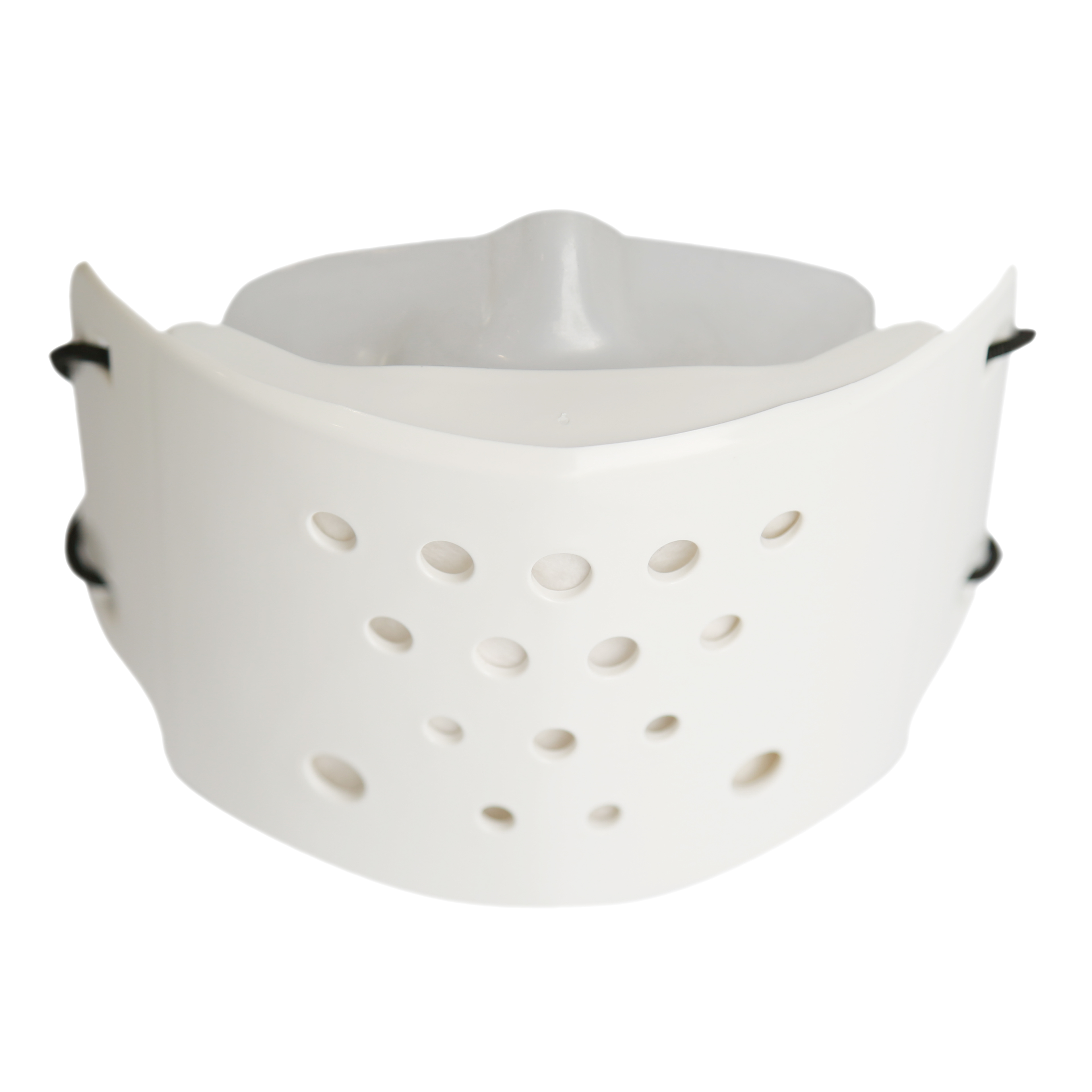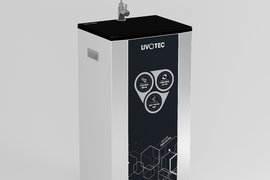Relationship between total dissolved solids (TDS) and conductivity (EC)
What is TDS and EC?
What is Total Dissolved Solids (TDS) - The total amount of dissolved solids is the total amount of solids present in a solution.
What is EC? Electrical Conductivity (EC) - Conductivity is defined as the ability of an environment to allow the movement of charged particles through it, when there is an impact on the particles, such as electrostatic forces of electricity. school Movement can form electric current.
Relationship between EC and TDS
Correlation of EC and TDS? The total amount of dissolved solids is directly proportional to its electrical conductivity, so high solids conductivity will be high. When salts dissolve in water they become "negative" ions, so they are capable of conducting electricity.
How does an EC / TDS meter work? Two electrodes with an AC voltage are placed in the solution. This creates an electric current that depends on the conductive nature of the solution. The device reads this current and displays it in EC or ppm units.
Conversion factors (Conversion Factors)? The TDS machine reads the conductivity result, the machine will automatically convert this value to TDS displayed in ppm units.
How is TDS measured? The measured conductivity and TDS value will be calculated according to the mathematical formula contained in the machine.
What is the difference between microSiemens (µS) and milliSiemens (mS)? Both are conductivity units. 1000 microSiemens (µS) = 1 milliSiemen (mS)
Convert between mS and ppm? Convert to microSiemens by multiplying by 1000, then multiply by 0.7.
The nature of the correlation between EC and TDS? Although there is a correlation between EC and TDS, they are not the same. TDS and EC are two separate parameters. TDS is the total amount of solids dissolved in water. EC is the ability of substances to cause electric current.
Only the right method to measure TDS is to weigh residue, residual residue in water after evaporation. The rest on the glass cup after you wash and dry, it is TDS. The residue is weight and can be weighed. But if you are not in the laboratory, it can be difficult to measure. Therefore, we can calculate TDS based on the conductivity of water because the atoms of Hydrogen and Oxygen in H2O are mostly non-charged. EC of most metals, minerals and salts will carry electricity. The machine will measure this EC value and convert it to TDS value. Because different metals, minerals and salts will conduct more or less electricity, different conversion factors will be used.
- ppm is often used to measure TDS
- µS is often used to measure EC







